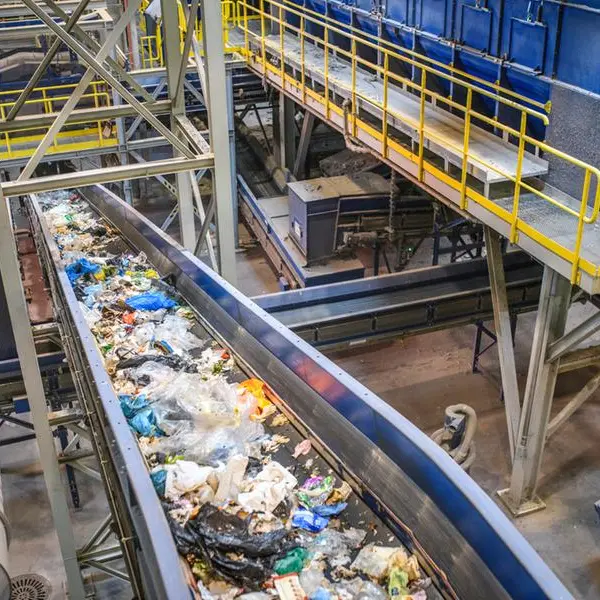Lisa Rapaport
(Reuters Health) - Obese youth who have some buildup of fats in their livers and a diet high in fructose may be more likely to develop serious chronic liver damage common in adult alcoholics, a recent study suggests.
Most people have a little bit of fat in their liver. Fatty liver disease can occur when more than 5 percent of the liver by weight is made up of fat. Excessive drinking can damage the liver and cause fat to accumulate, a condition known as alcoholic fatty liver. When people don't drink much, they can still develop non-alcoholic fatty liver disease (NAFLD), which is associated with obesity and certain eating habits.
NAFLD is the most common liver disease in western children, the authors write in Journal of Hepatology. And it is now recognized as the liver’s "manifestation" of metabolic syndrome – a constellation of traits and symptoms that raise a person’s risk for diabetes and heart disease - they add.
For the current study, researchers examined data on 271 obese children and teens in Italy and the UK who underwent liver biopsies to assess fat accumulation. They used food questionnaires to assess fructose consumption and also examined blood levels of uric acid, which can be elevated in people with chronic liver disease.
Foods high in fructose include anything with high fructose corn syrup, like sweetened drinks, candy and many processed foods, but this type of sugar also occurs naturally in fruits, fruit juices and honey.
"Cells don't use fructose for energy, so 100 percent of the fructose you eat is metabolized in your liver," said study co-author Dr. Valerio Nobili of Bambino Gesu Children's Hospital in Rome.
Instead, the body turns fructose into fatty acids, the "bad" kind of cholesterol and triglycerides, which are stored as body fat, Nobili said by email. "That's why excess fructose going into the liver is followed by the formation of fatty liver," Nobili added.
All of the study participants had at least some degree of nonalcoholic fatty liver disease, researchers report.
About 38 percent of them, or 102 participants, had more extensive liver damage known as nonalcoholic steatohepatitis (NASH) that happens when fat buildup leads to swelling in the liver and impairs liver function.
Roughly 47 patients with NASH had high uric acid, compared with 30 percent of participants without NASH, the study also found.
Overall, 53 percent of the children reported always skipping breakfast and another 26 percent said they had a morning meal infrequently.
However, 95 percent of the youth said they regularly had a morning snack and 89 percent routinely had an afternoon snack. Morning snacks most often included crackers, pizza and salty food, while afternoon snacks often consisted of biscuits or yogurt.
About 47 percent of the children ate cereal daily, while 43 percent had vegetables every day and 40 percent consumed fruit each day.
Roughly nine in 10 participants had soda at least once a week.
The youth with NASH had higher average consumption of fructose. Their median intake – meaning half of them consumed more – was about 70 grams of fructose daily. Median fructose consumption of children and teens without NASH was about 53 grams a day.
One limitation of the study is that it relied on children and teens to accurately recall and report what they ate, the authors note. The study also didn't examine whether there was a difference in liver outcomes based on how much fructose participants got from whole fruits, fruit juices or sodas.
"Our understanding of the role of fructose in fatty liver is still evolving," said Dr. Jeffrey Schwimmer, a researcher at the University of California, San Diego and director of the Fatty Liver Clinic at Rady Children's Hospital.
"We don't think that the impact of fructose from fruit is the same as fructose from drinks," Schwimmer, who wasn't involved in the study, said by email.
The difference in fructose consumption between youth with and without NASH in the study would be in one glass of sweetened tea or soda, but also the amount a child might get from pears or grapes, Schwimmer added.
His advice to parents: "Limit added sugars while further research is done to better understand" how fructose impacts the liver.
SOURCE: http://bit.ly/2lj2zPt Journal of Hepatology, online February 14, 2017.
© Reuters News 2017











